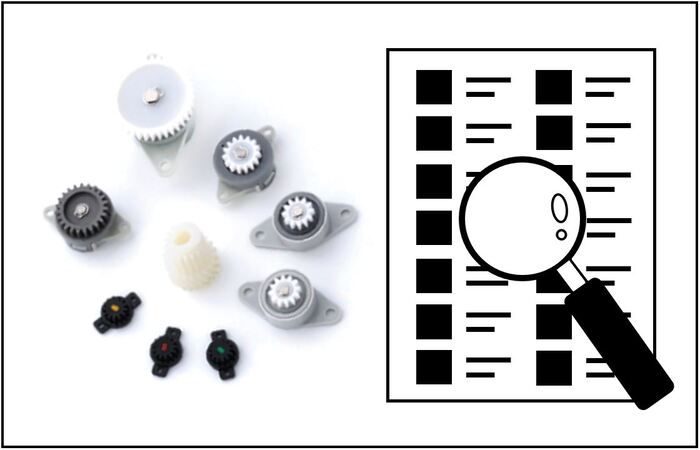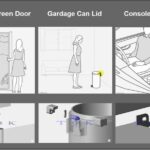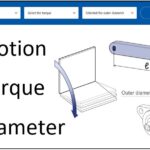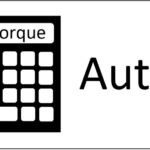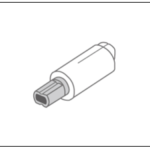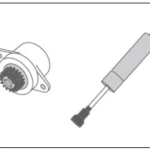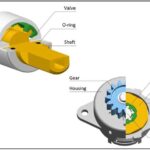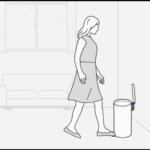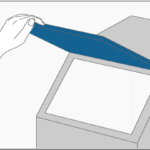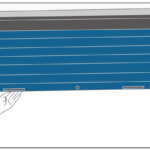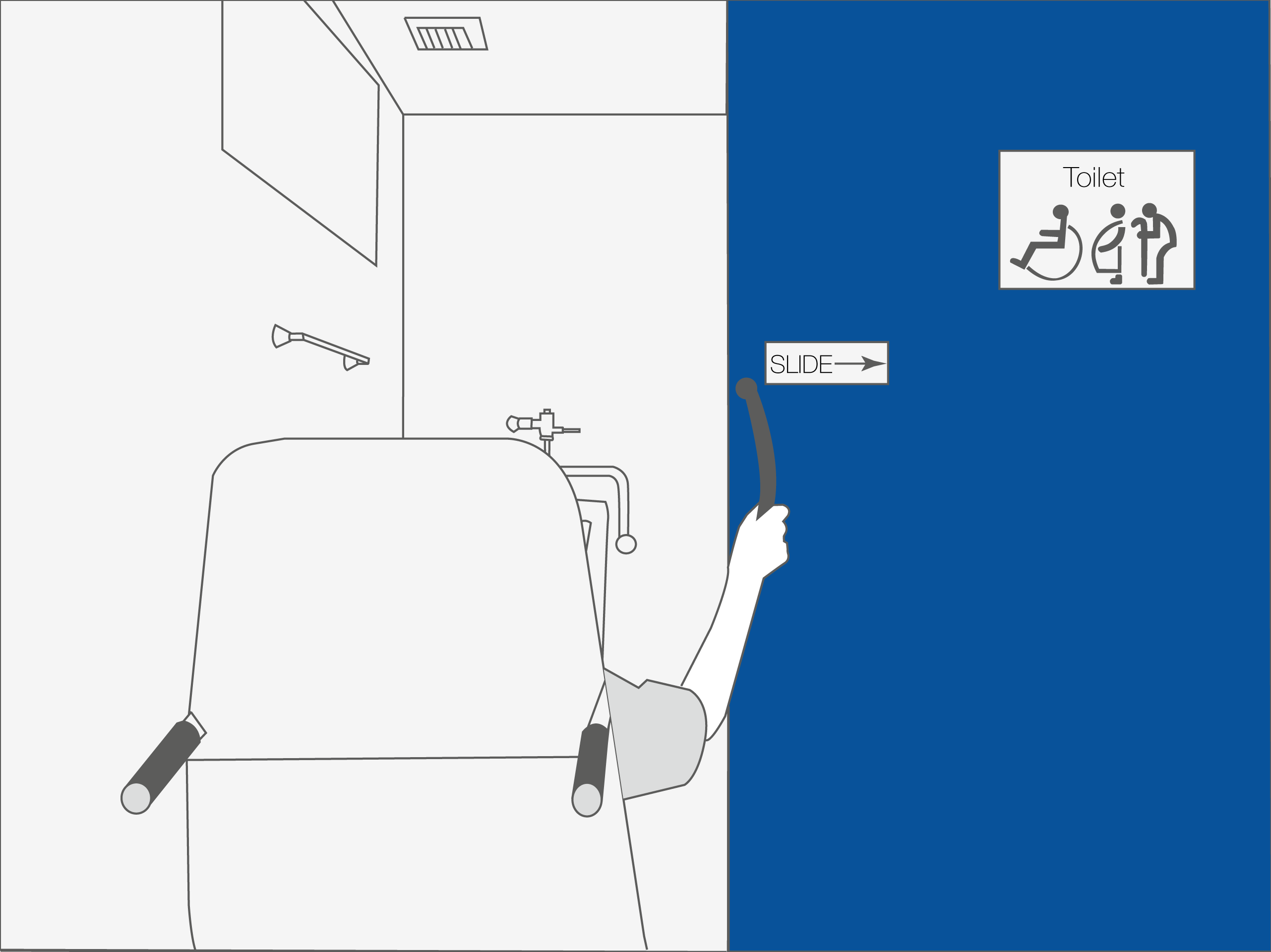
Would you like to evolve sliding doors by adding a new soft close function to them?
The delayed door damper, a new solution taken inspiration from users’ problems, is a new mechanical element component recommended for those who find it difficult to pass through sliding doors because of the door closing as they pass through, and for engineers who want to make sliding doors even more functional.
In this issue, we will show you the new soft-closing mechanism for sliding doors. Since we explain fundamentals, issues related to sliding doors and solutions so far, so if you are familiar with sliding doors, please start from “Advantages of the delayed door damper for sliding door users“.
What is a sliding door?
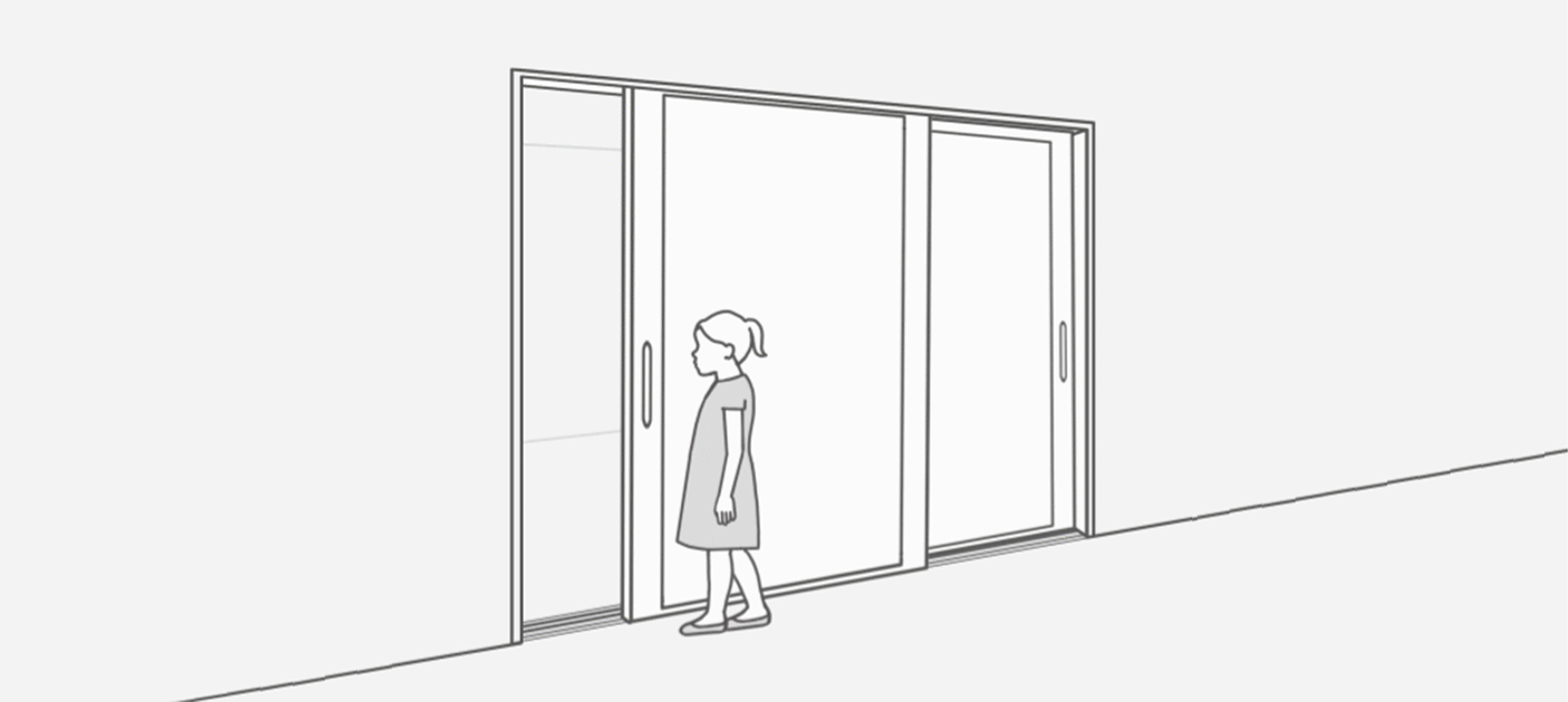
A sliding door is a type of door installed in an opening that opens and closes in a horizontal direction. They are generally used in automobiles, railroad cars, building entrances, and partitions inside buildings.
Features of sliding doors include the following.
1. Space-saving:
Compared to conventional hinged doors, sliding doors take up less space facing the opening and can be installed in a space-saving manner.
2. Ease of opening and closing:
The sliding mechanism makes the door light and smooth to open and close, and can be operated with light force.
“The sliding mechanism” is the condition that the weight of the door is taken by the bearings and the door runs on rails.
3. Accessibility
The sliding door does not need to be pulled it forward or pushed it backward like conventional hinged doors, so the door can be opened and closed within a relatively short distance.
4. Flexibility of installation position
Sliding doors can be installed according to the size and shape of the opening.
Previous solutions for sliding doors
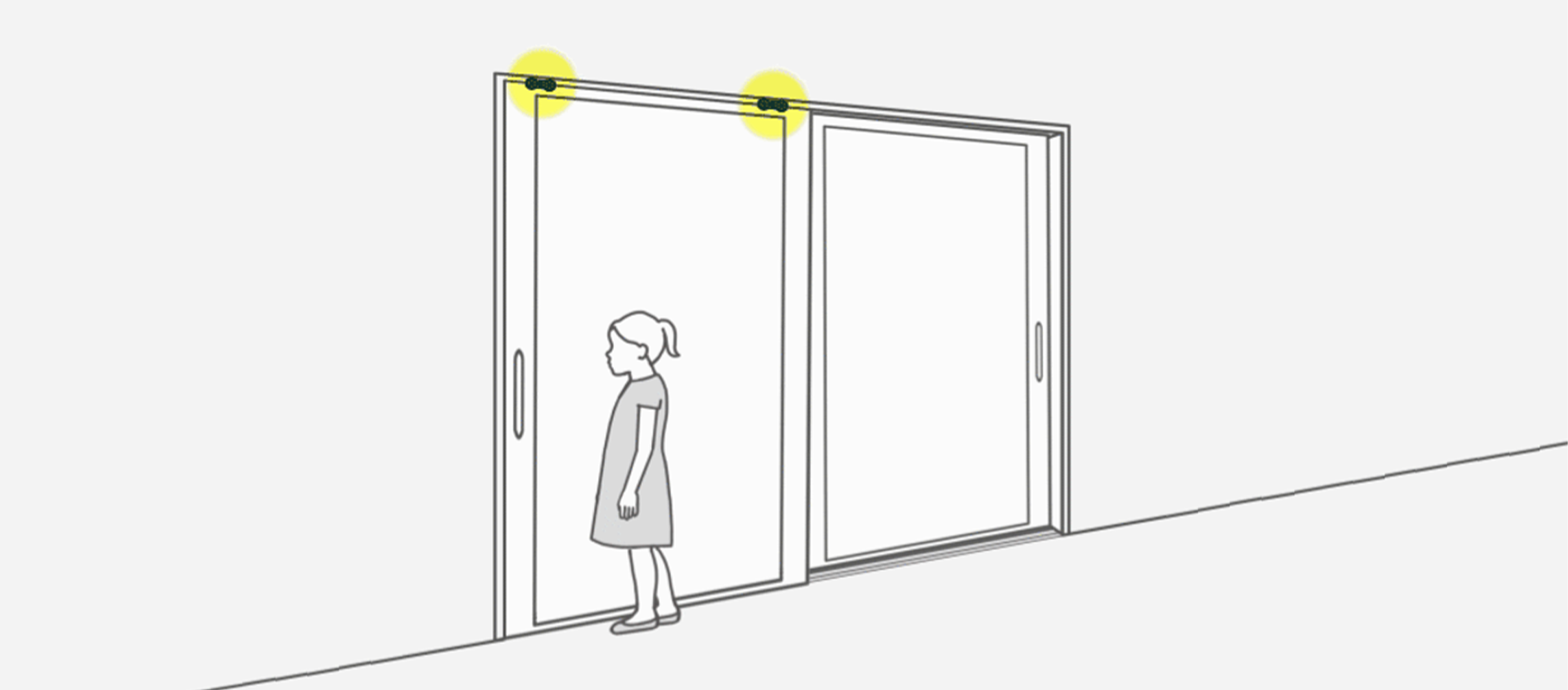
Old sliding doors simply opened and closed in the horizontal direction without bearings. The following issues have already been solved currently.
1. Preventing tilt caused by level difference between floor and rail:
Instead of mounting rails on the floor for the door rollers to run on, a rail was placed above the door and a bearing was installed to suspend the door.
2. Preventing the door from staying open:
To ensure that the door always closes, the rail above the door is slightly sloped.
3. Mitigating slamming noise and preventing injury when closing (achieving soft close):
Shock absorbers and rotary dampers are built in so that the door moves slowly before it closes completely.
Issues of sliding doors
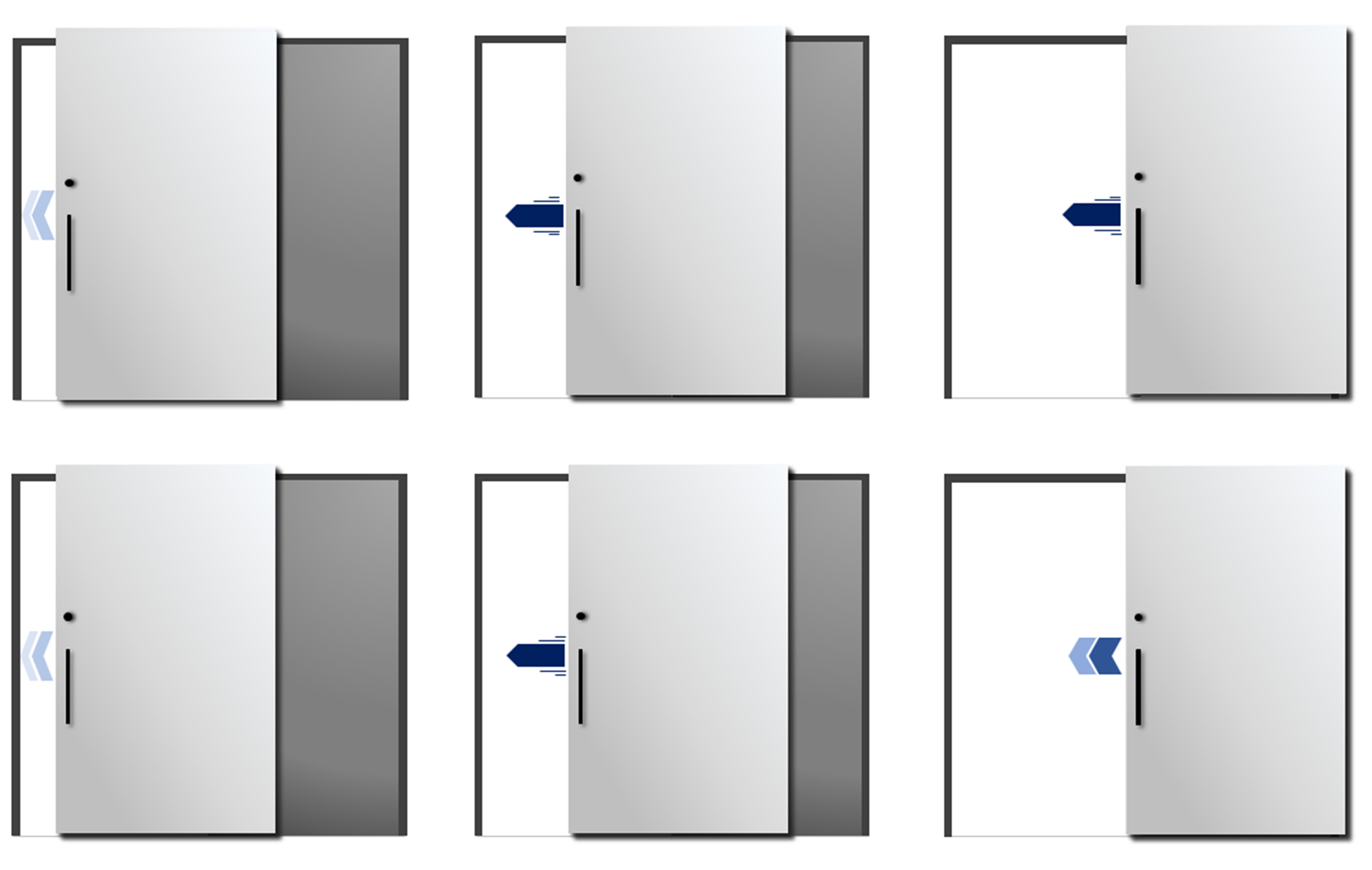
The introduction of a mechanism that automatically closes when the door is opened created the problem of people coming into contact with the door because it began to close when they passed through. Therefore, the current sliding door has been solved by adding a locking mechanism at the fully open position and by installing rotary dampers that allow the door to move gently (soft close) only around the fully open position.
However, when the door does not need to be opened to the fully open position, the door will close and there is a risk of contact with the door when passing through. For example, users who need a certain amount of time to pass through the door, such as wheelchair users, elderly people, or patients who walk slowly while holding onto a handrail, will let go of the door without opening it to its fully open position, which could cause the door to close and come into contact with them, potentially harming them. To avoid this problem, rotary dampers could function throughout the entire opening and closing range of the door, but this would not allow the door to close quickly.
TOK has recognized this problem and devised a solution that allows the door to move gently (soft close) for a certain period of time, no matter where the hand is released. This is the delayed door damper.
Advantages of the soft close delayed door damper for sliding door users

Sliding doors equipped with delayed door dampers move slowly not only when the door is released from the fully open position, but also in any position. Even if the door is not opened to the fully open position, it will move slowly over a certain distance when the door is released, allowing the patient to pass through the door safely.
It is not only patients and wheelchair users who need a certain amount of time to pass through doors. Even able-bodied people may need to put down their heavy luggage and open the door once when they are carrying it. It is safer if the door moves slowly until you lift the luggage again and pass through the door.
The door that moves gently for a certain distance will accelerate to close, so that it does not take a long time for the door to close. The sliding door can be made so that both patients and people with disabilities can pass through safely. This new soft close mechanism ensures a gentle closing action, preventing abrupt slams.
The actual movement can be easily seen in the video.
Summary of the new soft-closing mechanism for sliding doors.
The delayed door damper is patented by TOK. It is best to consider installing it when designing a new sliding door, but it can also be installed afterwards if there is space for commercial products. If you are interested, please contact us to request a meeting to discuss the delayed door damper.
フォームが表示されるまでしばらくお待ち下さい。
恐れ入りますが、しばらくお待ちいただいてもフォームが表示されない場合は、こちらまでお問い合わせください。

